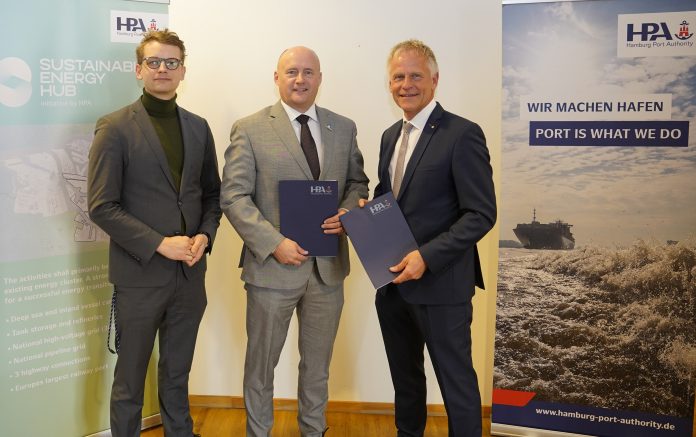The Port of Argentia in Newfoundland, Canada and the Hamburg Port Authority (HPA) in Germany signed a Letter of Intent (LOI) to collaborate on the export and import of green hydrogen from Canada to Germany.
The agreement was signed by Scott Penney, CEO of the Port of Argentia, and Jens Meier, CEO of HPA, during their attendance at the Canada-Germany Hydrogen and Ammonia Producer-Offtaker Conference in Hamburg.
This conference is a key component of the Canada-Germany Energy Partnership and Hydrogen Alliance, which aims to facilitate collaboration between the two countries in the export of clean Canadian hydrogen to Germany.
“This signing strategically aligns both the ports of Argentia and Hamburg to facilitate the development of a hydrogen export/import corridor as we collectively establish our ports as leaders in the global energy transition. This LOI confirms our commitment to the principals of the Alliance and in collaboration with Hamburg Port Authority, our ports will solidify our roles in providing energy transportation solutions,” stated Scott Penney.
By signing this LOI, the two ports align with the mandates of the Governments of Canada and Germany to forge an energy partnership. Their collaboration aims to reduce emissions, accelerate the transition to cleaner fuels, and promote a greener economy, in line with the joint declaration of intent between the two nations to establish a Canada-Germany Hydrogen Alliance.
Under this agreement, both ports will work towards establishing a robust supply chain for green hydrogen derivatives. The Port of Argentia, in partnership with Pattern Energy, is involved in Argentia Renewables, a project aiming to produce 300 MW of wind energy for green hydrogen production. This LOI provides a framework for collaboration to facilitate the production, distribution, and utilization of green hydrogen derivatives.
“The ports of Argentia and Hamburg concur that a maritime supply chain for green hydrogen and its derivates is urgently needed. Such novel supply chains need close cooperation and collaboration among exporting and importing ports. As future production and consumption locations, both Ports have unique offerings to share in a manner that can be mutually beneficial,” commented Jens Meier.







